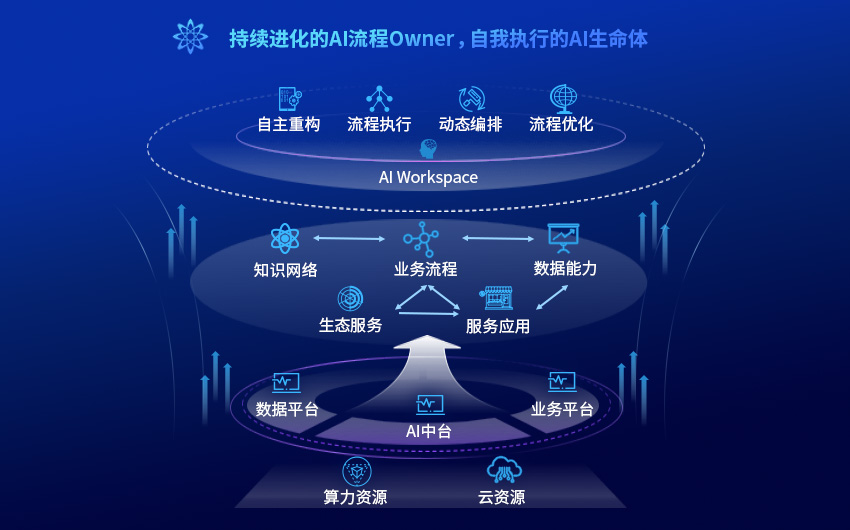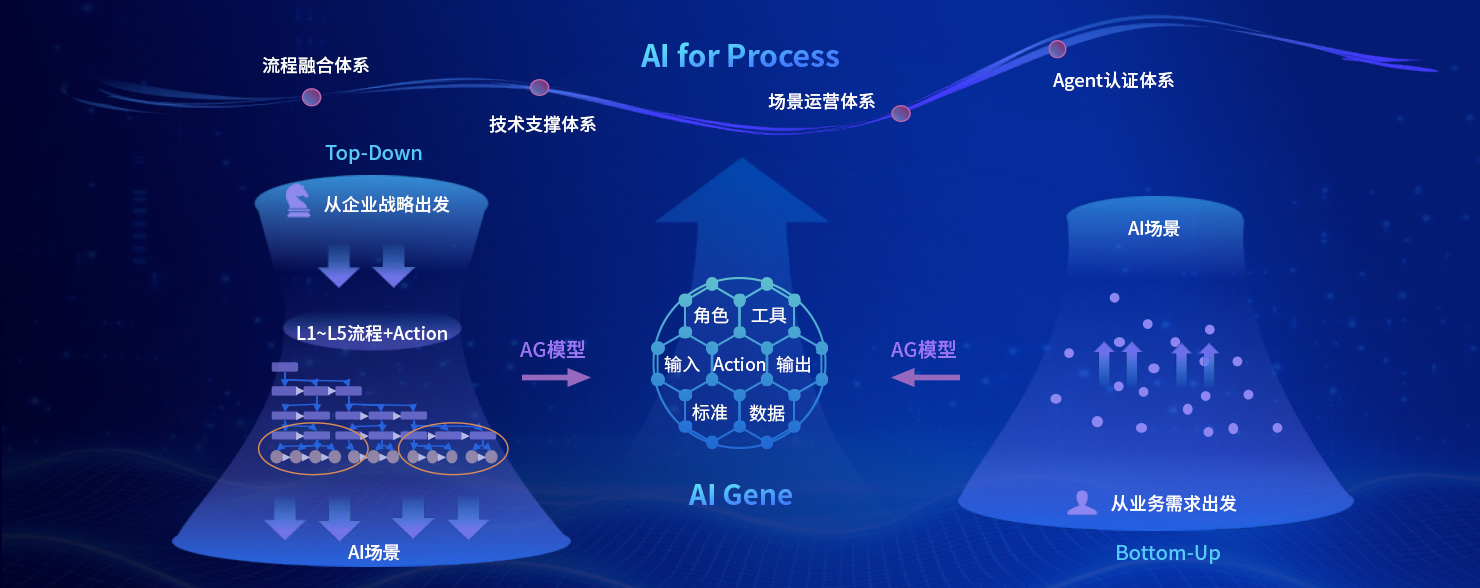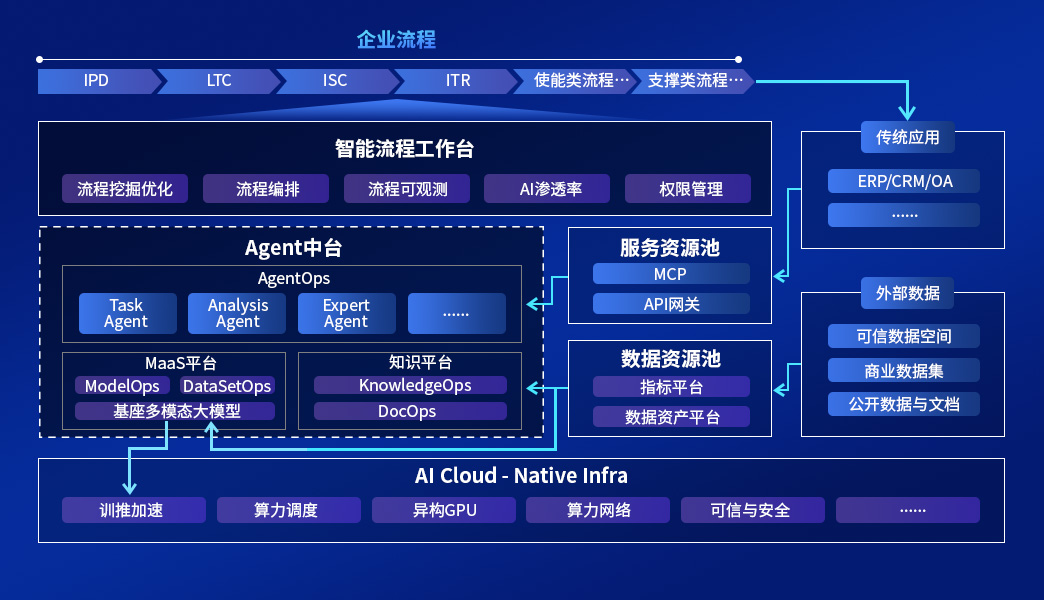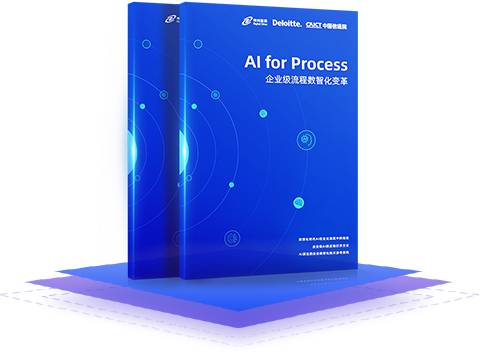The AI for Process: Enterprise-Level Intelligent Process Transformation Blue Paper, jointly developed by Digital China, Deloitte China, and the China Academy of Information and Communications Technology (CAICT), focuses on the application and practice of enterprise-level AI in process digital-intelligent transformation. It establishes a full-cycle guidance framework from strategic planning to technological implementation, providing enterprises with a systematic solution to overcome the challenges of perception, methodology, and practice in AI adoption.
The AI for Process: Enterprise-Level Intelligent Process Transformation Blue Paper, jointly developed by Digital China, Deloitte China, and the China Academy of Information and Communications Technology (CAICT), focuses on the application and practice of enterprise-level AI in process digital-intelligent transformation. It establishes a full-cycle guidance framework from strategic planning to technological implementation, providing enterprises with a systematic solution to overcome the challenges of perception, methodology, and practice in AI adoption.



